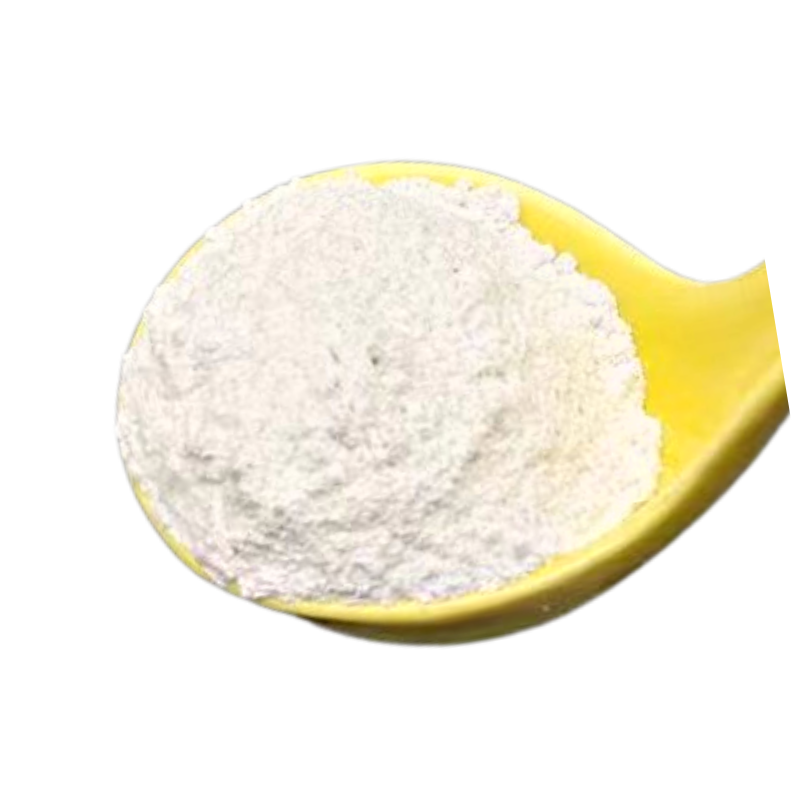
talcum powder cancerous
Talcum Powder and Its Controversial Link to Cancer
Talcum powder, commonly used for its moisture absorption and smooth texture, has been a household staple for decades. However, in recent years, it has come under intense scrutiny due to emerging research linking its use to various health concerns, most notably cancer. This article delves into the controversies surrounding talcum powder and its potential carcinogenic effects.
To understand the issue, it is essential to know what talc is. Talc is a mineral composed primarily of magnesium, silicon, and oxygen. It is often processed into a fine powder and is widely used in personal care products like face powders, baby powders, and other cosmetics. Talcum powder's primary role is to absorb moisture and reduce friction, making it popular for use in areas prone to sweat and chafing.
Talcum Powder and Its Controversial Link to Cancer
Moreover, research focusing on talcum powder's use in genital hygiene has led to allegations of an increased risk of ovarian cancer. In 2016, a jury awarded $70 million to the family of a woman who claimed her ovarian cancer was caused by long-term use of Johnson & Johnson's talcum powder. Many subsequent lawsuits have pointed to similar assertions, with plaintiffs often citing studies that indicate a connection between talc use in the genital area and ovarian cancer.
talcum powder cancerous

The evidence linking talcum powder to ovarian cancer is not conclusive. The American Cancer Society states that while some studies have suggested a potential association, the results have been mixed, and more research is necessary. The National Toxicology Program has not classified talc itself as a human carcinogen, but it acknowledges that the potential for asbestos contamination raises concerns.
In light of these controversies, some consumers have begun to seek alternatives to traditional talcum powders. Cornstarch-based powders and other natural alternatives have gained popularity as safer options, particularly for those concerned about the health implications of talc. Companies have also responded to consumer demands and increased scrutiny by reformulating their products to be talc-free.
Despite the ongoing debates, regulatory bodies have made varying recommendations regarding talcum powder use. The Food and Drug Administration (FDA) has stated that while talc is generally considered safe when used as directed, consumers should be aware of the potential for asbestos contamination. They have encouraged manufacturers to ensure their talc products are free from this harmful mineral.
Health professionals advocate for open communication with patients regarding their use of talcum powder, especially those using it for personal hygiene. It is crucial for individuals to be informed about the potential risks and to consider alternatives if they have concerns.
In conclusion, the concerns surrounding talcum powder and its possible link to cancer illustrate the need for continued research and consumer awareness. While not all talc products pose a risk, the potential hazards associated with contaminated talc cannot be ignored. As consumers become more health-conscious and informed, the demand for transparency and safer alternatives will likely continue to grow. Ultimately, making educated choices about personal care products is essential for safeguarding one's health.
Share
-
Premium Pigment Supplier Custom Solutions & Bulk OrdersNewsMay.30,2025
-
Top China Slag Fly Ash Manufacturer OEM Factory SolutionsNewsMay.30,2025
-
Natural Lava Rock & Pumice for Landscaping Durable Volcanic SolutionsNewsMay.30,2025
-
Custom Micro Silica Fume Powder Manufacturers High-Purity SolutionsNewsMay.29,2025
-
Custom Mica Powder Pigment Manufacturers Vibrant Colors & Bulk OrdersNewsMay.29,2025
-
Custom Micro Silica Fume Powder Manufacturers Premium QualityNewsMay.29,2025






